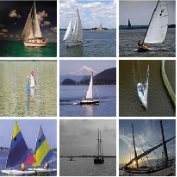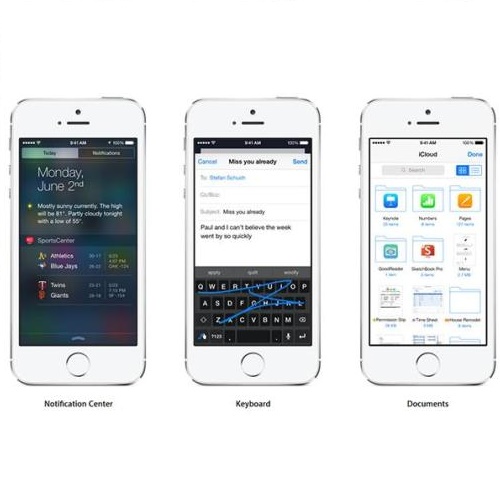Burn injuries can result from mechanisms such as thermal, chemical, and electrical insults. A prompt and accurate assessment of burns is essential for deciding definitive clinical treatments. Currently, the primary approach for burn assessments, via visual and tactile observations, is approximately 60%-80% accurate. The gold standard is biopsy and a close second would be non-invasive methods like Laser Doppler Imaging (LDI) assessments, which have up to 97% accuracy in predicting burn severity and the required healing time. In this paper, we introduce a machine learning pipeline for assessing burn severities and segmenting the regions of skin that are affected by burn. Segmenting 2D colour images of burns allows for the injured versus non-injured skin to be delineated, clearly marking the extent and boundaries of the localized burn/region-of-interest, even during remote monitoring of a burn patient. We trained a convolutional neural network (CNN) to classify four severities of burns. We built a saliency mapping method, Boundary Attention Mapping (BAM), that utilises this trained CNN for the purpose of accurately localizing and segmenting the burn regions from skin burn images. We demonstrated the effectiveness of our proposed pipeline through extensive experiments and evaluations using two datasets; 1) A larger skin burn image dataset consisting of 1684 skin burn images of four burn severities, 2) An LDI dataset that consists of a total of 184 skin burn images with their associated LDI scans. The CNN trained using the first dataset achieved an average F1-Score of 78% and micro/macro- average ROC of 85% in classifying the four burn severities. Moreover, a comparison between the BAM results and LDI results for measuring injury boundary showed that the segmentations generated by our method achieved 91.60% accuracy, 78.17% sensitivity, and 93.37% specificity.
翻译:暂无翻译



